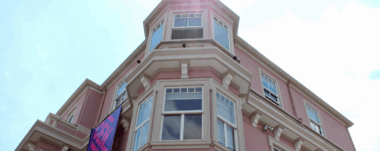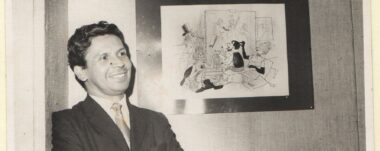The Doka Experience, Quality Coffee

Doka Real Estate Coffee Tour offers the experience of Doka Estate. It measures 140 hectares, which makes it an extensive farm and it was the Vargas family who started this entire coffee production and exportation enterprise more than 100 years ago.
With wonderful views of the Poas Volcano, the coffee plantations tour is done on top of a tractor that goes around the entire farm.
During the tour, you can see mammals such as the sloth bear and many birds such as the woodpecker. Indeed, more and more animals and birds are coming to this farm; in 2016, more than 116 species of birds were recorded and the search for the Cabanis’s ground sparrow, a bird endemic to Costa Rica, is still ongoing. All this is due to the planting of fruit trees and windbreaks that serve as shelter for many animals.
Here, the coffee harvest begins in October and continues for up to 5 months. The bean harvest is done in stages. During the rest of the year, the farm team is dedicated to its maintenance for the next harvest.
The coffee harvest has 4 or 5 stages. The first stage is called the granea, which is the first harvesting pass. This is followed by 3 or 4 more passes, the last one being the repela, where the whole bean is harvested, ripe and green, since it’s not recommended that the bean and the flower grow together.
For this, the collectors are vital. They collect every day from 6 a.m. to 2 p.m. and are paid by tokens, which are exchanged for cash on weekends. The boxes that these workers collect cost between 1200 colones and 1500 colones.
In addition to the collectors, there are the engineers, who are dedicated to testing the soil in order to verify if the levels of minerals are useful and healthy for the coffee, as they do not want to overload the soil with minerals that the tree does not need.
The Laurina variety is one of the great achievements of these engineers. This plant was modified to produce a coffee bean with 50% less caffeine in a totally natural way. This is very fortunate because the decaffeinated coffee had to be sent to Germany and roasted in Costa Rica.
The bean and the Laurina plant are different. They are more delicate since the caffeine in the coffee plants works as a repellent; since it has less quantity, it’s smaller and weaker.
After harvesting the beans, comes the selection step. 15% of the beans selected are of the peaberry type, which has only 1 bean inside.
They are then sent for peeling. The peeling machine receives the densest grains and first peels the large ones, then the medium-sized ones and finally the smallest ones.
After being peeled, they are dried in the sun, where they are raked to dry evenly, and then passed to the guardiola, so that they are completely dry.
The next stage is the roasting of the coffee. There are three roasts: the light roast, 15 minutes at 250-260 degrees Celsius; the medium roast, 17 minutes, which corresponds to the Peaberry and French Toast; and the Italian espresso, 20 minutes. The longer the beans are roasted, the stronger the coffee will be and the more it will lose its caffeine.
Watch the video to learn more about the Doka experience.
Authors: Monica Gallardo and Zelda Walters
Previous article Indigenous Peoples and their Rights: Revealing Report of the UN Special Rapporteur Shows Serious and Persistent Gaps in Costa Rica
Navigate articles






